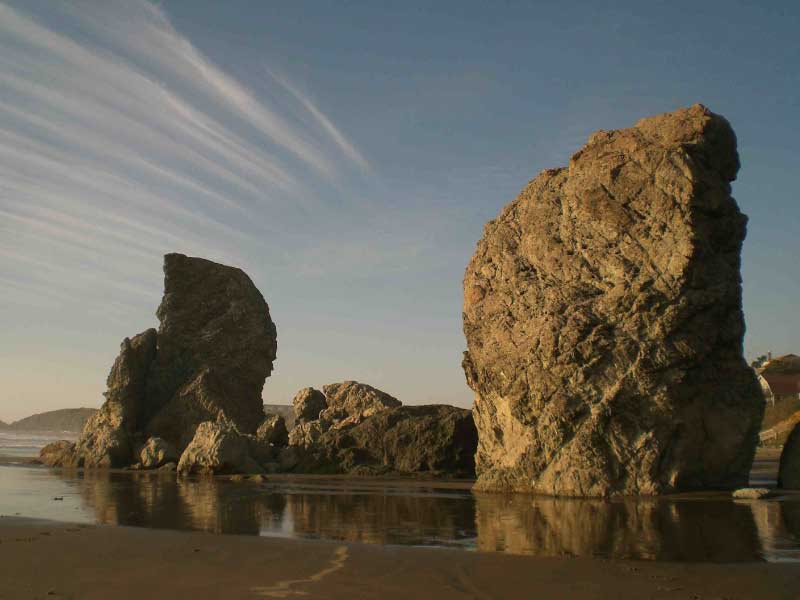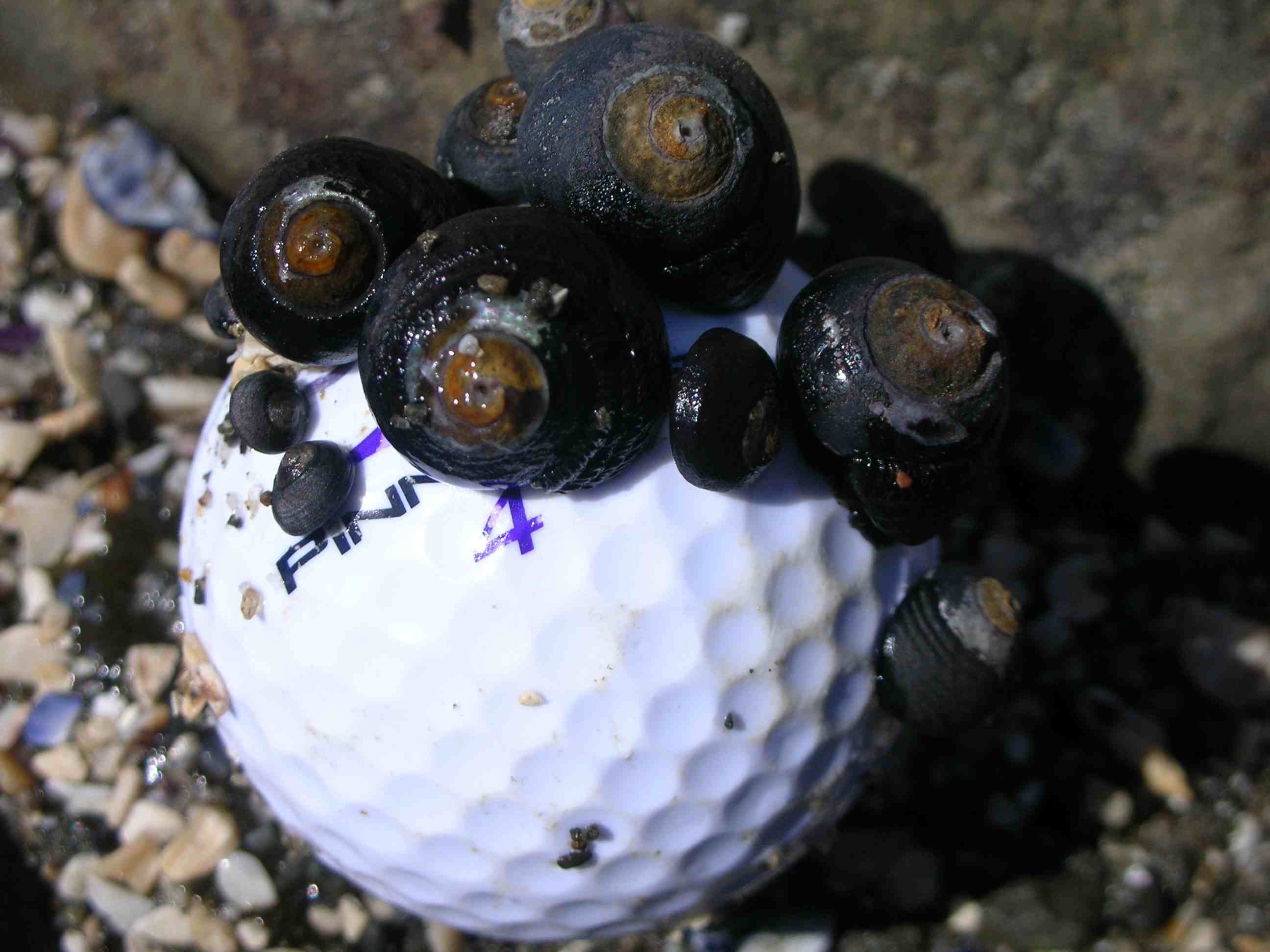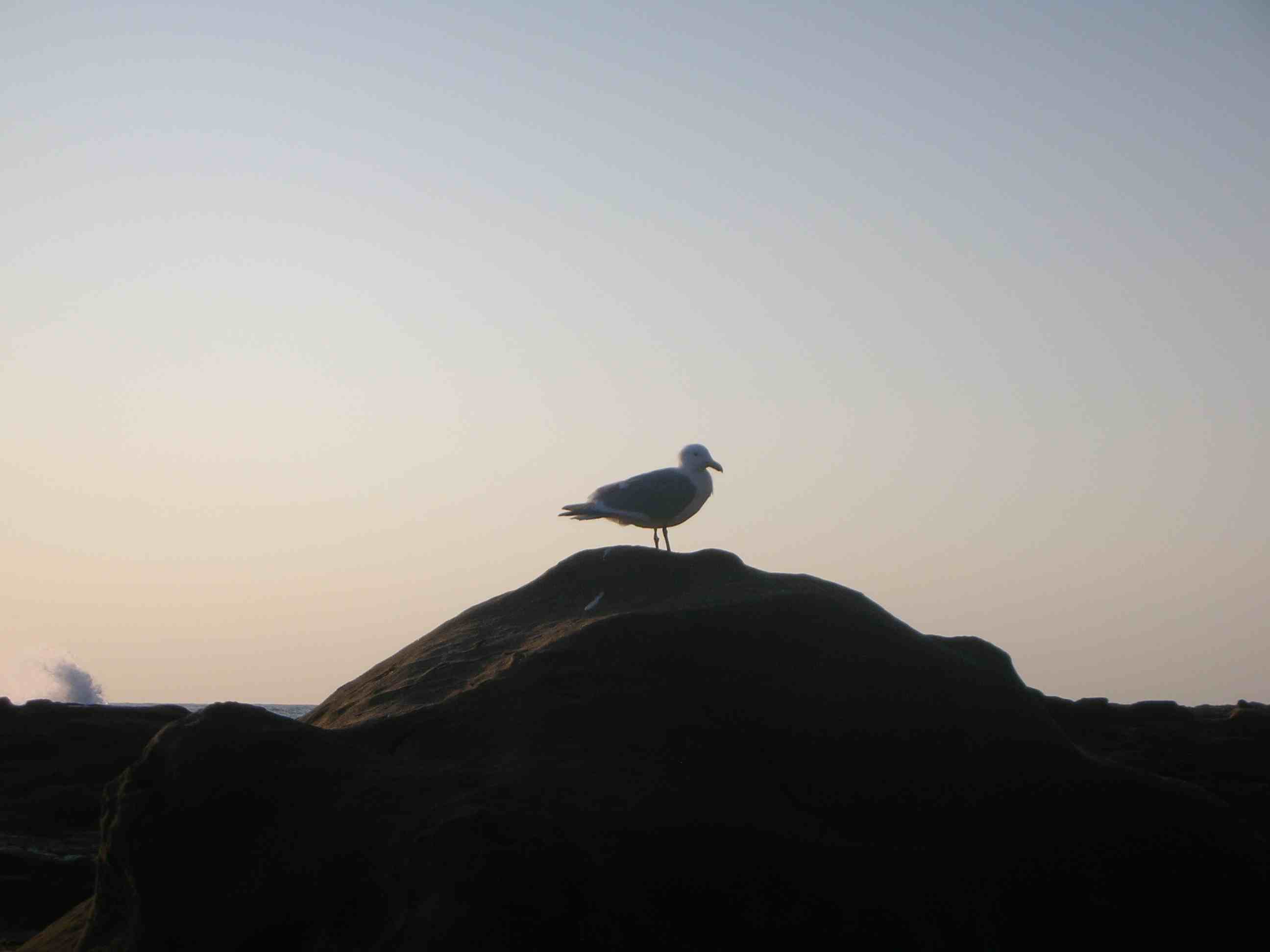 |
| Marine Team | University of Oregon | Environmental Studies Department |
|
|
RESOURCES
Books and Field Guides
BOOKS & FIELD GUIDES Browse our helpful books and field guides compiled to enrich your tidepooling adventures!
This colorful field guide is an excellent resource to have on-hand during intertidal explorations. The pictures are great, organisms are well organized and easy to find, and the explanations are clear and concise.
A comprehensive guide to the natural history and ecology of Pacific Northwest intertidal life. This is a great resource, with a slightly more scientific approach.
While the size of this book keeps it from being an ideal field guide, this is an amazing resource for the invertebrates of the Pacific Northwest region. There are wonderful color pictures, and informative, concise text.
Detailed descriptions of Pacific coastal invertebrates presented in a story-like fashion. Provides beautiful drawings and photographs that are great for interpretive purposes.
Great illustrations and stories about organisms that really help you get to know them. Information is presented in a fun, easy to read format, and is mostly, but not completely accurate.
Vibrant color pictures accompanied by wonderful descriptions and stories set this book apart from the rest. It covers five major themes: competition, predation, reproduction/settlement, color, and nature's variability.
Its size, organization and content make this book a great resource to have in the tidepools. It is filled with fantastic pictures, easily comprehensible explanations, and fascinating tidbits on most organisms.
LESSON PLANS
Use our lesson plans to discover fun and educational tide pool activities for all ages!
Tidepool Party by Nathan Liebenstein The primary objective for a day at the tidepools is for students to have fun being in nature exploring the tidepools in a way that is safe for themselves and for the ecosystem. This lesson plan provides instructors a way to introduce students to the coastal environment and the tidepool ecosystems at the Cape Arago tidepools. Activities include group discussion, guided exploration, and unstructured tidepool Hold Onto Your Barnacles by Alexa Jefferis This activity introduces participants to the many ways plants and animals cope with the harsh and variable seashore environment. An inquiry-based exploration of tidepools encourages Creative Cleanup! by Dawn Merrill This activity introduces participants to the idea of conservation and a responsible community ownership through a beach cleanup. Participants will use what they collect to make their own works of art. The Intertidal Classroom Zone by Christopher Shuler This activity introduces participants to tidepool organisms and the ecological concept of intertidal zonation. Using hands on exploratory and artistic activities, it reviews these concepts with a creative classroom based post-fieldtrip activity. Phytoplankton Food For Thought by Evan Smith Using a game activity, this lesson introduces participants to the roles of different organisms, tidepool food webs, and the effects of varied population size on all organisms. This activity is great for students who are not fully engaged in the tidepools and may also be done in the classroom. On the Hunt for Eco-Relationships by Megan Copely Ecological relationships are important determinants in community structure. In this field-based activity students will be introduced to the concepts of predation, competition, and mutualism in a rocky intertidal habitat while acting as investigators in an ecological-relationship-scavenger-hunt. They will also learn how to safely and courteously explore tidepool areas. Stories of the Tides by Kelly Hansen Through this lesson students gain awareness of various relationships that cultural groups have with the tides. It emphasizes how cultural stories can be intricately linked to a physical place.
JOKES
Q: Why are fish so smart? Q: What fish is the most valuable? Q: Why is it so easy to weigh fish? Q: What's the best way to catch a fish? Q: Why did the fish cross the road? Q: What sea animal can be adjusted to play music? Q: What happens when you cross a great white shark with a cow? Q: If they made a movie starring the Loch Ness monster and the great white shark from Jaws, what would the movie be called? Q: Why are manatees so wrinkled? Q: What lies at the bottom of the sea and shakes? Q: What do you get when you graduate from scuba diving school?
|










